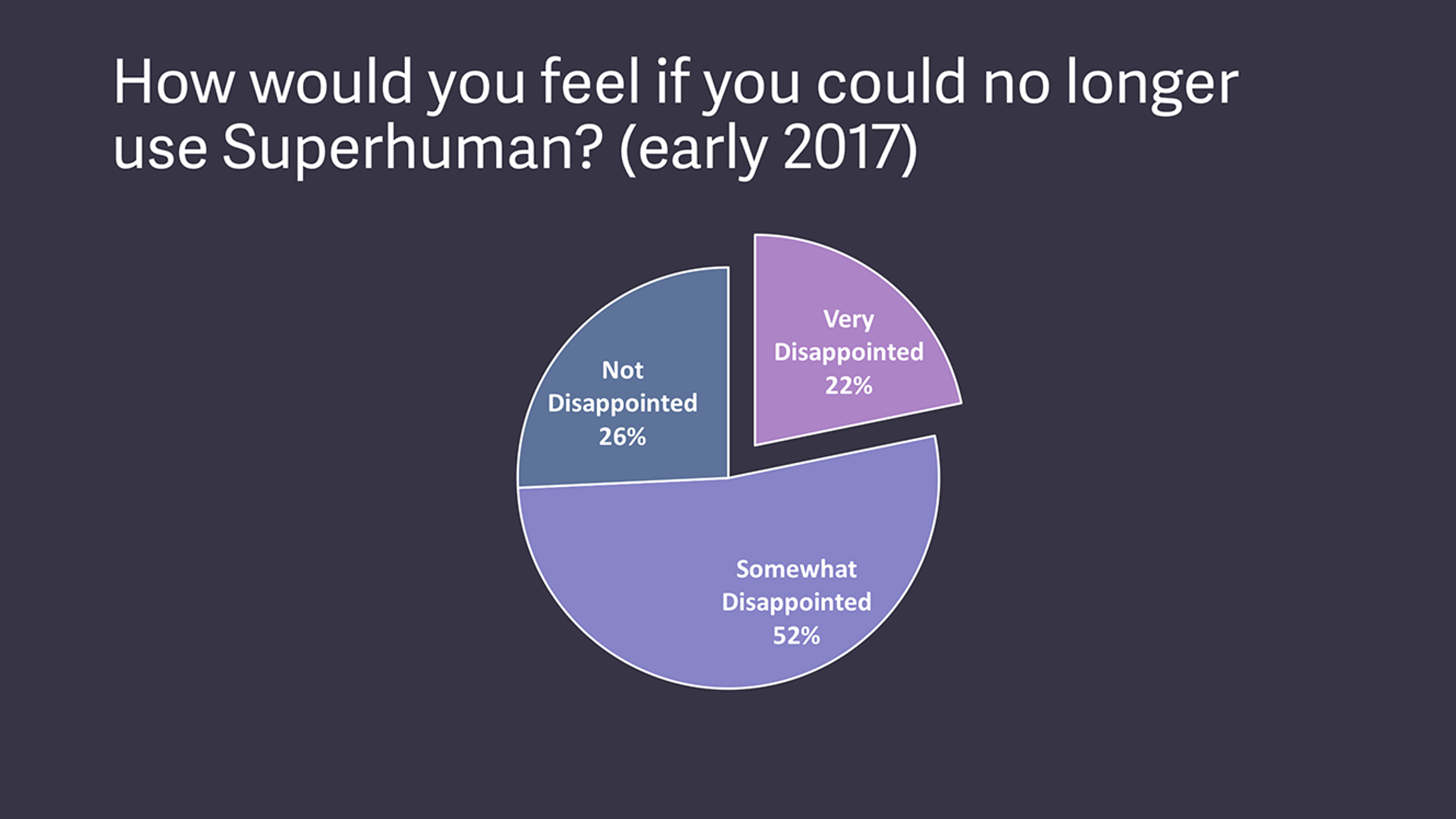Crafting online experiences
We cover how to think like a digital artisan: from crafting websites to storytelling & using the core-product experience to reach a strong Product-Market Fit (PMF).

Hello!
If you're new here, I'm Alice Roussel, Growth Marketing Manager at Pictarine 🇺🇸 and proud editor of Merci Larry. Each month, I share my curation on Growth Marketing topics. Erratically, I share my learnings with the will to be 100% transparent with the results.
Julian Lehr perfectly describes how we should all think about a website: storytelling & packaging design. He uses a smart parallel with the AirPods case and the packaging that goes with it. Your experience starts with the packaging. The concept he perfectly outlines is that the online experience with your brand starts with the website itself that acts like the packaging you're unboxing.
He also talk about his perception of storytelling vs. content marketing: the attention to details and the way the copy integrates seamlessly into the page design. Ultimately, he emphasizes the experience it brings to the user, and the fact that it's more memorable than a page built purely on SEO concepts... however, this needs to be balanced as, in Linear's case, brand awareness is strong and acts as an acquisition lever in its own way (word of mouth), whereas in the case of other brands, SEO remains an indispensable acquisition marker. Ultimately, the approach and concept he presents are excellent. It should serve as inspiration to ensure that SEO fits into this framework.
Listen to the podcast episode: Inside Marketing Design at Linear.

There is a lot of literature about measuring the Product-Market Fit (PMF) but no consensus. With the 40% test, Sean Ellis brought a leading indicator to PMF.
Ellis’ recommendation is to focus on users who used the product at least twice in the last two weeks, ask them "how would you feel if you could no longer use the product?" and measure the percent who answer "very disappointed".
A helpful example comes from Hiten Shah, who posed Ellis’ question to 731 Slack users in a 2015 open research project. 51% of these users responded that they would be very disappointed without Slack, revealing that the product had indeed reached product/market fit when it had around half a million paying users. Today, this isn’t too surprising, given Slack’s legendary success story. Truly, this example shows just how hard it is to beat the 40% benchmark.
How Superhuman Built an Engine to Find Product Market Fit
🎙 What happens when you are trying to launch the 9,000,001th mobile app? At the time you find an online resource about a topic the solution you will end up with is already mature. So rather than chasing complex and highly competitive distribution channels: focus on crafting the best experience you can to your product and specifically on features that naturally lead to user growth through sharing, virality or collaboration. Successful products often dominate in highly scaled channels due to strong product-market fit and organic word-of-mouth growth, reducing the need for extensive marketing efforts. Startups need dual theories on distribution and product/market fit. One is not enough.
🍿 The commodification of tech is making it even easier for creative talent to start their own media company. Last month issue was mainly about the ownership of communities and I found out an article by Reid Deramus that sums it up pretty well especially on the explosion of lean media companies (i.e., operated by an individual or a small team): establishing and growing an audience is increasingly challenging due to reliance on major tech platforms. These platforms come with opaque policies and limited access to audiences. Substack's emergence has marked a significant shift, empowering creators with greater autonomy and control over their work and audience relationships. Read the full article about the future of media.
☕️ There is a better way to use the internet. Out of 50 employees at Pictarine, I'd say a third use Arc (the browser you probably heard about) since very recently. I've been very surprised by the quick adoption and word of mouth even if only internally. Jaryd, the author of How they Grow, covers actionable insights from Arc's journey such as finding a niche (a single and small subreddit), defying norms (turning something boring into a cool and innovative concept), and tailoring products for specific communities rather than personas. This article is particularly impactful as it put the highlight on balancing data with product sense and communicating with storytelling rather than corporate rhetoric. How Arc Grows: Building The New Window Into The Internet.
Question, feedback, suggestion 👉 drop me a line on LinkedIn.
See you next month,
Alice



Comments ()